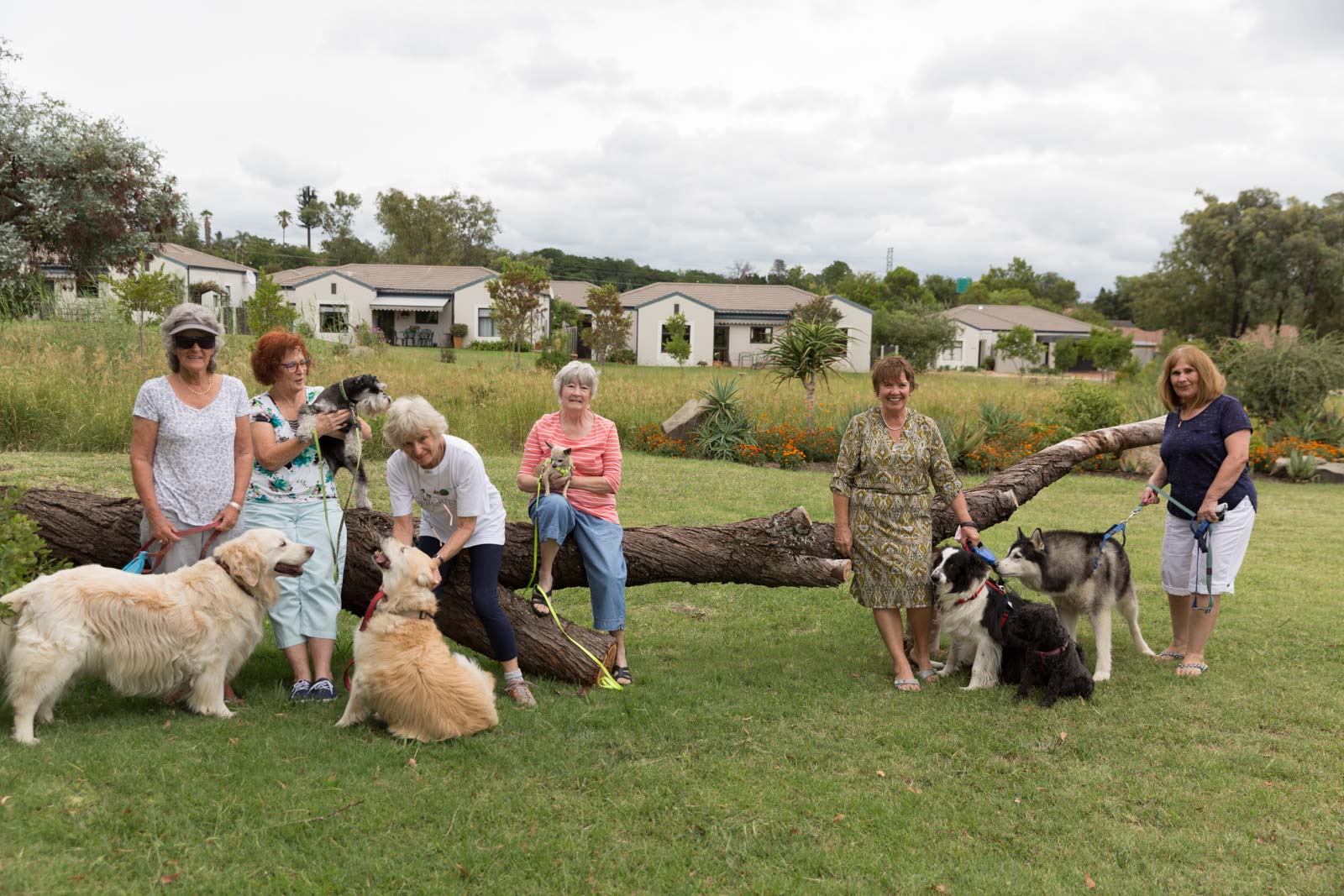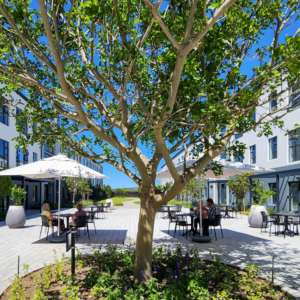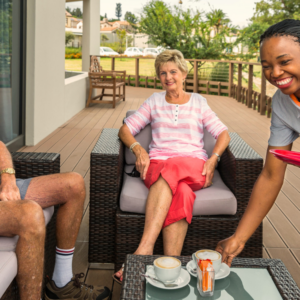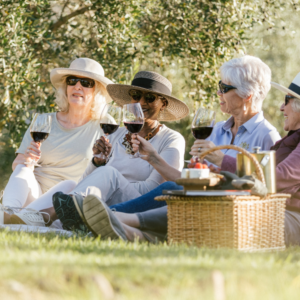
A different take on retirement
Most working people look forward to retirement. The chance to sit back and relax after years of hard slog seems like a dream when one is stuck in the eighth meeting of the day. Thing is, longer lifespans and economic uncertainty mean it’s more difficult to plan for retirement than ever before.
Even someone who has planned well and saved carefully could find their investments running out as they reach their late 80s or 90s. And without new income coming in, the need to draw from savings often means that capital starts being eroded.
Knowing this, retirees should think carefully about every decision they make, including how they go about buying retirement property.
Most people know about full or sectional title properties, which involve purchasing the entire property. But there is another option, which could go a long way to helping retirees alleviate financial insecurity.
Known as the Life Right Model, this option involves buying the right to live in a particular housing unit rather than owning the real estate itself.
In South Africa, the model is comparatively new but, as Evergreen Lifestyle’s Chief Executive Officer Arthur Case explains, it is becoming increasingly popular, especially among retirees. A major reason for this is that it takes a great deal of stress off their plate.
“One of the major benefits of the Life Right Model is that it relieves you of the burden of care for the property as this responsibility vests with the developer, who remains the legal owner,” he says.
Specifically relating to Day Zero, the onus would fall on the developer to invest in alternative water supply projects a commitment to their residents. Had this been in a sectional title estate, it would have come at significant extra cost
The low down on life right
Residents buy the right to occupy the property throughout their lifetimes – the lifetime of both spouses, if there are two – so guaranteeing a roof over their heads. When the Life Right ends, the developer takes the residential unit back, and offers it out to the next Life Rights buyer.
Given that most homeowners are advised to spend one percent of the value of their property on maintenance annually, the Life Right Model also presents a major savings opportunity for retirees:
- Transparent and affordable levies
- Flexible pricing
- Tenure guaranteed for life
According to Case, this isn’t the only financial security the Life Right Model offers retirees.
“Because a resident is acquiring the right to occupy the property, but not a full ownership right, the purchase price of a life right may be lower than a house or apartment of similar size in a comparable area,” he explains.
“In addition, the life right offers much more than just a home. Estates are equipped with lifestyle centres, as well as in-house healthcare. When retirees decide it’s time to downsize from their family home and enter a retirement community, they can use this difference in value to supplement their income-generating investments.”
Ultimately, the Life Right Model is a welcome addition to the options available for acquiring a retirement home. The significant financial benefits, coupled with the fact that the responsibility for the care and maintenance of the property does not fall on the shoulders of the resident, makes it very attractive.
Regardless of the way in which you choose to acquire a retirement property, there are certain pointers to look out for.
Business Reputation
Try to find out as much as possible about the facility – gather references, read reviews, learn about the history of the estate.
Quality
Find out about the quality of care and facilities at the retirement village. Visit the complex and walk around – do residents look happy and relaxed? Do the communal areas look neat and well-functioning? What is the staff-to-resident ratio? Depending on your needs, find out about health care services and their availability to residents.
Safety
Does the facility have requisite safety equipment, such as fire extinguishers, smoke detectors and a sprinkler system? Are there guards or other security measures in place?
Lifestyle
Look around the facilities and establish whether or not it offers you what you want from a lifestyle perspective. Are there activities planned? Do you have access to facilities such as a gym or pool? Are meals provided?
Setting
We can’t look at property and not talk about location. Get to know the neighbourhood and find out if there are any safety concerns. Find out if there are shops, doctors’ offices, and restaurants within reach.



